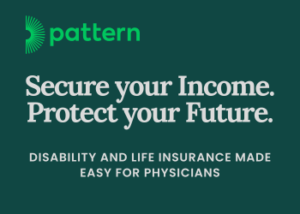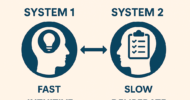Even before the pandemic, the U.S. health care system needed a significant overhaul. For too long, we have operated in a reactive mode, prioritizing treating illness over ensuring health and wellness. In the post-COVID-19 era, stakes are even higher. Our health care system faces an unprecedented demand surge from millions who put their own care on hold over the past several months. How we approach this impending surge will determine the outcomes for millions of patients and set the stage for the affordability, access, and resilience of our nation’s health care system for decades to come.
Pent-up demand
During the first three months, health spending dropped at an 18% annualized rate, and total outpatient visits declined by nearly 60%. Inpatient admissions to Veterans Affairs’ hospitals, including those for six common emergency conditions, fell 42% from January 29 to March 10 compared to March 11 to April 21. Unfortunately, this change doesn’t signify improved health; instead, it’s the start of even bigger problems as so many postponed care.
For the 150 million Americans living with chronic conditions like diabetes, asthma, and heart disease, routine care is key for maintaining health and avoiding complications and hospitalizations. But, their care has been on pause, raising serious concerns since these patients account for more than 85% of total health care spending.
Danger zone
Since early March, data from health care analytics company Prealize shows that visits for coronary atherosclerosis and other heart disease the nation’s number one killer –– are down 37%. In fact, 20% fewer patients sought care for a broad range of cardiovascular problems. Sadly, these declines foreshadow an inevitable downstream rise in harmful, high-cost cardiovascular events, with ischemic heart disease episodes alone set to double.
Isolation and physical distancing resulting from COVID-19 is exacerbating patients’ mental health issues. While many still received telehealthcare during the pandemic, data shows that high-cost behavioral health episodes will increase by 53% over the next 12 months.
Without intervention, very real consequences will result from delayed care. Fortunately, predictive analytics can power both proactive care and better outcomes by identifying not only health trends, but also the specific individuals at risk and when adverse events will likely occur.
A good offense is the best defense
Instead of waiting for patients to present with an illness or deteriorate, proactive care approaches preserve and improve health through early outreach and engagement. Next-generation predictive analytics enable organizations to effectively “see around the corner,” assess patients’ evolving risk and intervene to mitigate those risks to improve health and reduce spending.
Traditional population health tools rely on simple indicators, like historical utilization or a static view of patients’ comorbidities to make generalized predictions about the future. Proactive health care solutions go much deeper. Using state-of-the-art machine learning methods that train on specific member population data, these tools uncover underlying clinical drivers and patient-specific insights. They enable automated clinical impact assessments and determine a patient’s individual likeliness to engage before making intervention and prioritization recommendations.
Rising to the current challenge
The pandemic has presented a once-in-a-lifetime test for health systems worldwide. In the U.S., we are fortunate to have incredibly talented health care workers, population health specialists, actuaries, researchers, and business executives –– all working to make sure we learn and prepare for the future. We can’t be shortsighted in defeating the virus; we must also address the underlying, ongoing health challenges that disproportionately impact the poor and people of color. These challenges have been with us for a long time and will be exacerbated by the pent-up need for critical, cost-effective services and interventions.
Only a truly proactive health care model can assess and impact both a patient’s clinical condition and willingness to engage. From that vantage point, we can optimize new care models, ease the pressure on burned out health care workers, improve consumers’ health, and ensure that care is affordable for everyone. The opportunity is here – let’s seize the initiative and change care forever.
Ronald A. Paulus is a health care executive.
Image credit: Shutterstock.com






























![Registered dietitians on your care team [PODCAST]](https://kevinmd.com/wp-content/uploads/Design-4-190x100.jpg)



![Why true listening is crucial for future health care professionals [PODCAST]](https://kevinmd.com/wp-content/uploads/Design-3-190x100.jpg)
